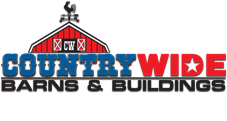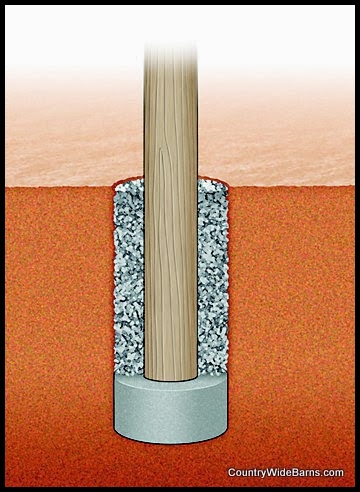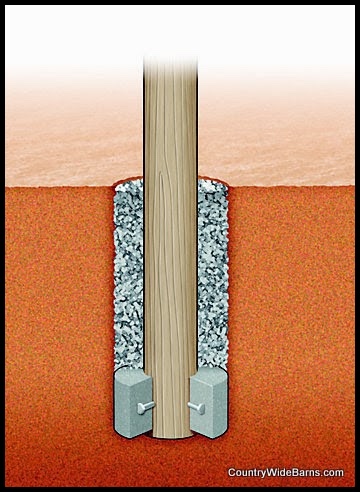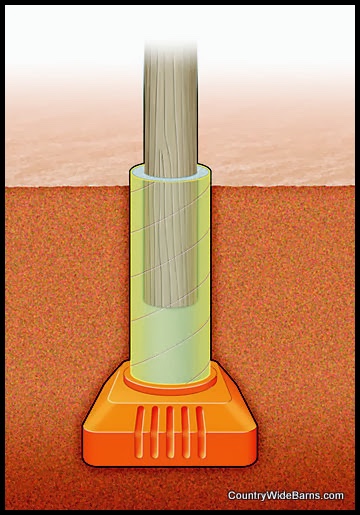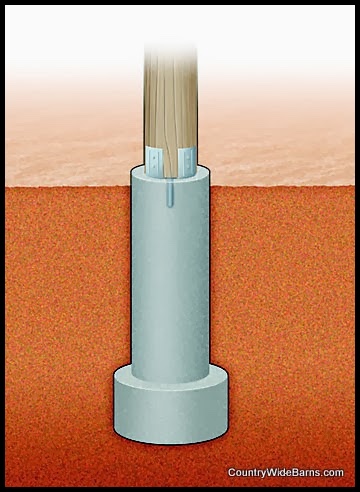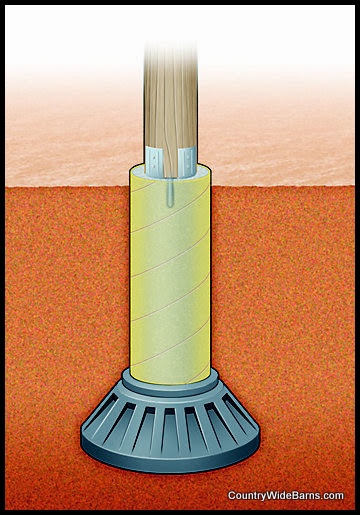
How To Build A Pole Barn
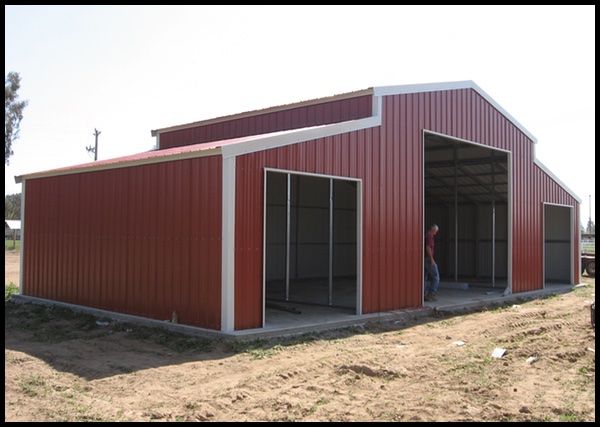
The beauty of pole barns can be found in their simplicity, versatility, durability, and economy. They can be built just about anywhere – including uneven land – for a lot less work and money than traditional construction. And, depending on how much work you’re willing to do yourself, you can lower the cost even more.
Check Your Frost Line
Poles or footings must be planted below the frost line, which is the level down to which soil normally freezes. This depth varies in different parts of the country. For example, southern Florida’s frost line measures less than a foot; Missouri’s is about 18 inches; and northern Minnesota’s frost line approaches 7 feet.
Failure to plant below the frost line causes frost heaving, in which the pole or footing dislodges and moves the pole, resulting in a structurally unsound building.
Each pole is secured by concrete, either poured into the hole or set as a footing below the pole. Not only does the concrete add stability, but it increases its bearing strength considerably, according to Practical Pole Building Construction by Leigh Seddon.
Another advantage of pole construction is the minimal site work that’s required – simply digging holes for the poles or footings, either by a one- or two-man auger or a power auger on the back of a tractor.
You won’t spend time or money with costly and complicated excavation or concrete foundation with a pole barn. Indeed, foundation work on conventional construction usually accounts for 15 percent of the total budget, and it’s not uncommon to sink $10,000 or more in the ground before framing even starts, Seddon’s book says. “Pole construction offers an economical alternative that can do away with massive poured concrete walls, earth-moving equipment, and the site disruption that such activities entail,” Seddon writes.
The barn’s flooring can remain natural, as a dirt floor, or, if you want to use the barn for a shop or garage, you can pour concrete or install flooring at a later time.
Know what’s below
Pole barns are ideal, even recommended, for sloped property, and can be built places where a traditional concrete foundation is impossible, such as a hillside or wooded area. It’s imperative, however, to know what lies below your topsoil before you start digging. If your property sits on a bed of limestone, for example, a pole barn might be a bit of a challenge.
Whether you want a large or small barn, a shed to store your tractor or feed, a workshop, or shelter for your livestock, a pole barn is an achievable project, whether you do it yourself or have it built. Whole books have been written on pole construction, and plans and blueprints are available online or in books, so there are plenty of resources for the do-it-yourselfers. But it all starts with the pole
Pole-planting options:
Choose the option that best fits your pocketbook, property, and climate.
#1
One option employs a backfill of soil, gravel, sand, a combination of those, or any of those mixed with concrete, atop a concrete footing. Poured-in-place footings are beneficial over plastic footing forms because they don’t require a flat, level soil surface; they must, however, have a level finish.
#2
A concrete ring, poured around lag screws, increases a pole’s bearing strength considerably, and is effective if you can’t dig deep enough because of bedrock or other obstacles. A natural backfill is then used.
#3
Pre-formed, rigid plastic footing forms, in which the pole is embedded in concrete, guard against post decay from moisture, insect infestation, and other factors that could corrode a pole.
#4
Placing poles above ground, atop concrete footings, may extend the pole’s life. Make your own footing and pier by first pouring the footing, allowing it to solidify. Then, pour the pier using a pier tube, attaching the two with rebar. The pole is then attached at the surface with an anchor bolt. This option works well in hard, rocky soil.
#5
Footing and pier can be poured in a time-saving, single step by using pre- formed footing, which enables post placement within minutes of digging the hole. This surface-mounting pier also requires attaching the pole with an anchor bolt.
Building Codes
Before you buy or construct anything, check with your county Building Inspection Service for complete building code requirements. Agricultural buildings generally follow lighter structural regulations than houses, so be clear about the intended use of the building.
Cost-cutting methods
Cut your costs even more with these ideas:
- Use old telephone poles instead of buying new poles.
- Use inexpensive galvanized steel for the roof and siding.
- Standard building lumber typically is least expensive in 8-foot sheets, so design your barn or building in 8-foot sections.
- Consider using trusses from old buildings. Make sure, however, that they are the correct size, and are uniform in size.
- Instead of paying for the barn all at once, build it in stages, adding stalls, lofts, or additional space on later, as time and money allow.
- Have an old-fashioned barn-raising and invite friends to help.
- Attend auctions to watch for windows, doors, and other items that you can use, rather than buying new.
Quote Your Next Pole Barn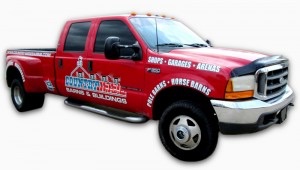
Are you looking for an estimate on your future Building Project?
Simple Building Estimation Form –
Talk to a Pole Barn Building Specialist –
